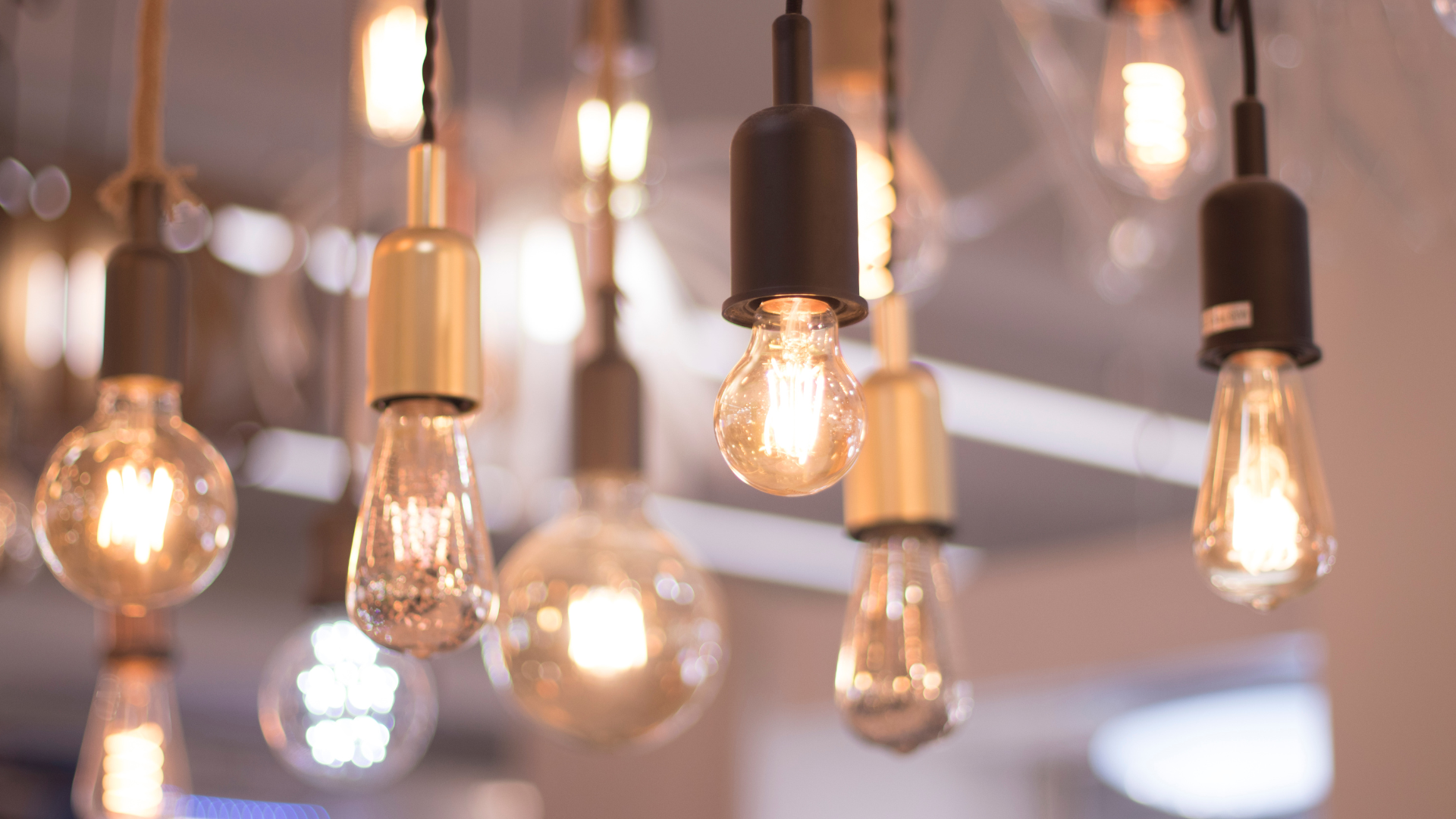Everything you need to know about LED lighting
- Posted on
- 0

In the world of lighting technology, LED lighting has brought about a revolutionary change in recent decades. LED, which stands for Light Emitting Diode, is a semiconductor device that converts electrical energy into light. This form of lighting is not only energy efficient, but also offers a range of other benefits that surpass traditional lighting technologies. In this article we will delve deeper into everything you need to know about LED lighting.
Energy Efficiency and Environmental Friendliness
One of the most important advantages of LED lighting is its high energy efficiency. LEDs use significantly less electricity than traditional incandescent light bulbs and even compact fluorescent light bulbs (CFLs). This means that they not only reduce your energy bills, but also reduce greenhouse gas emissions, making them environmentally friendly.

Long lifespan
LED lamps last considerably longer than other types of lamps. While an average incandescent bulb lasts several thousand hours, LED bulbs can last up to 25,000 hours or more. This means less frequent replacement and therefore less waste.
Various Applications
LED lighting comes in different shapes and sizes, making it suitable for various applications. From home lighting to street lighting, office lighting, car lighting, and even in works of art - LEDs offer flexibility in design and application.
Color Temperature and Brightness
LED lamps offer the ability to produce different color temperatures, ranging from warm white to cool white light. This means that you can adjust the atmosphere in a room to your needs, from a cozy warm glow in the living room to bright white light in the kitchen or office.
Instant Lighting and No Warm-up Time
Unlike some other types of lighting, LED lamps provide maximum brightness immediately after switching on. There is no warm-up time like some fluorescent lights, making LEDs ideal for areas where direct lighting is required.

No UV radiation and heat production
LED lights produce little to no ultraviolet (UV) radiation, which can be harmful to artwork or sensitive materials. In addition, LEDs produce little heat compared to incandescent and halogen lamps, reducing the risk of fire hazards.
Smart Lighting and Automation
With the rise of smart technologies, it is possible to integrate LED lighting into a smart home environment. You can control the lights remotely, set timers, adjust the brightness and even change the color, all via a smartphone application.
Conclusion
LED lighting is not only the future, but also the present of lighting technology. With their energy efficiency, long lifespan, diversity of applications and many other benefits, LED lamps are the best choice for both residential and commercial applications. By switching to LED lighting, you not only contribute to a greener environment, but you also save on energy costs in the long term. It is an investment in the future that makes both economic and environmental sense.
So what are you waiting for? Switch to LED lighting today and discover for yourself the many benefits of this modern and innovative lighting technology.


Comments
Be the first to comment...